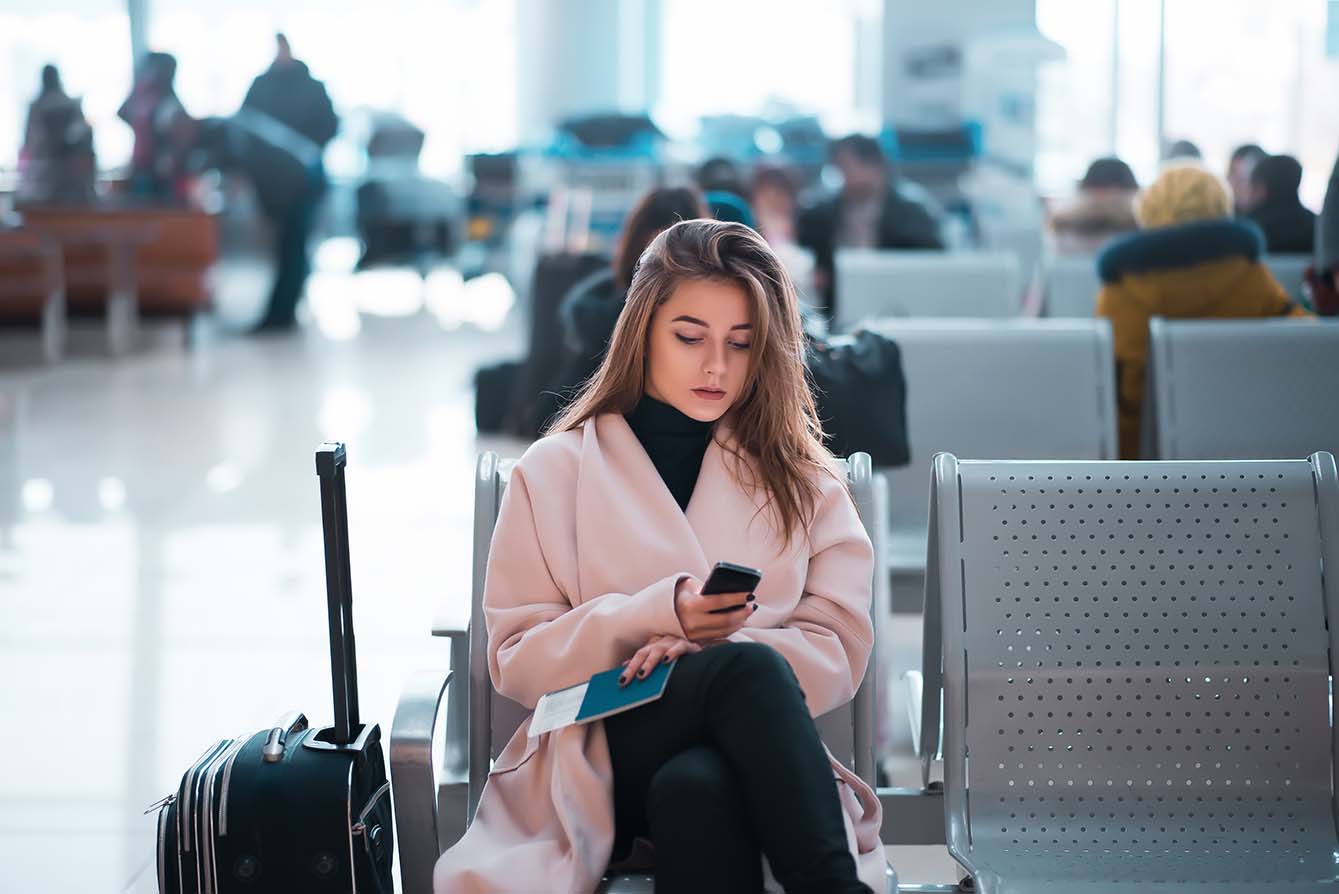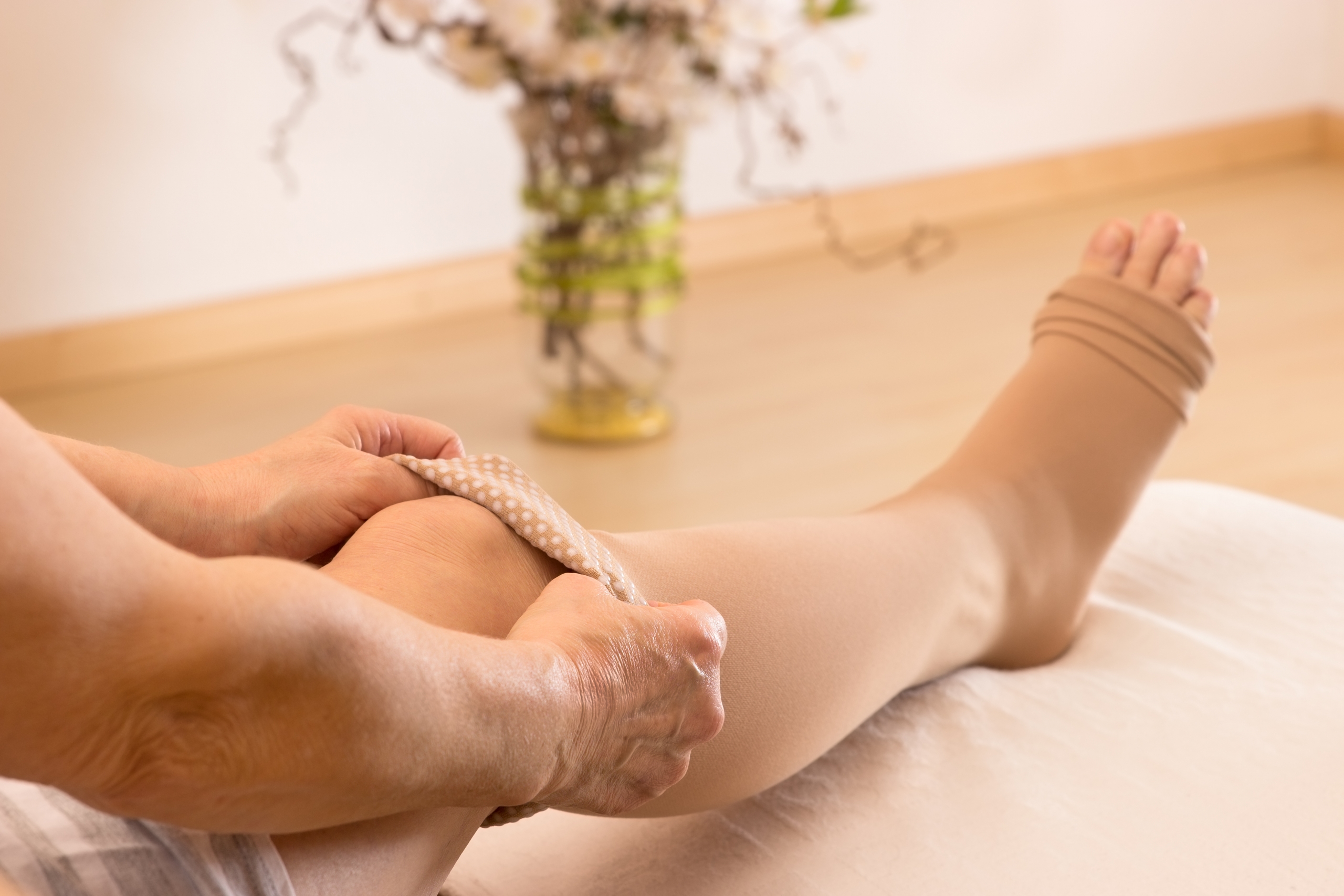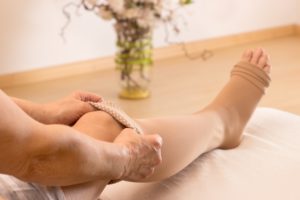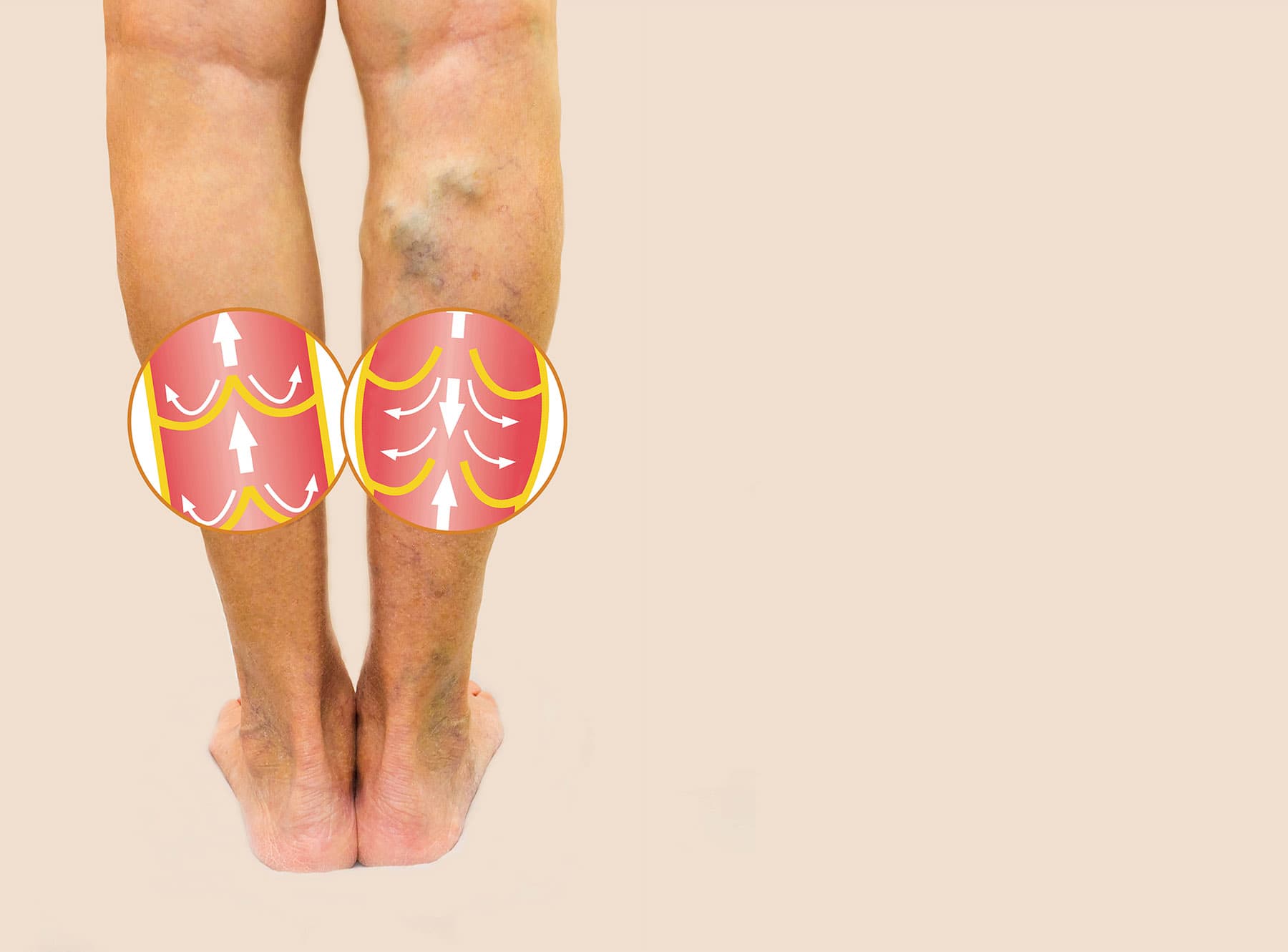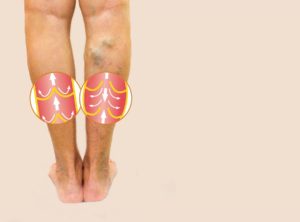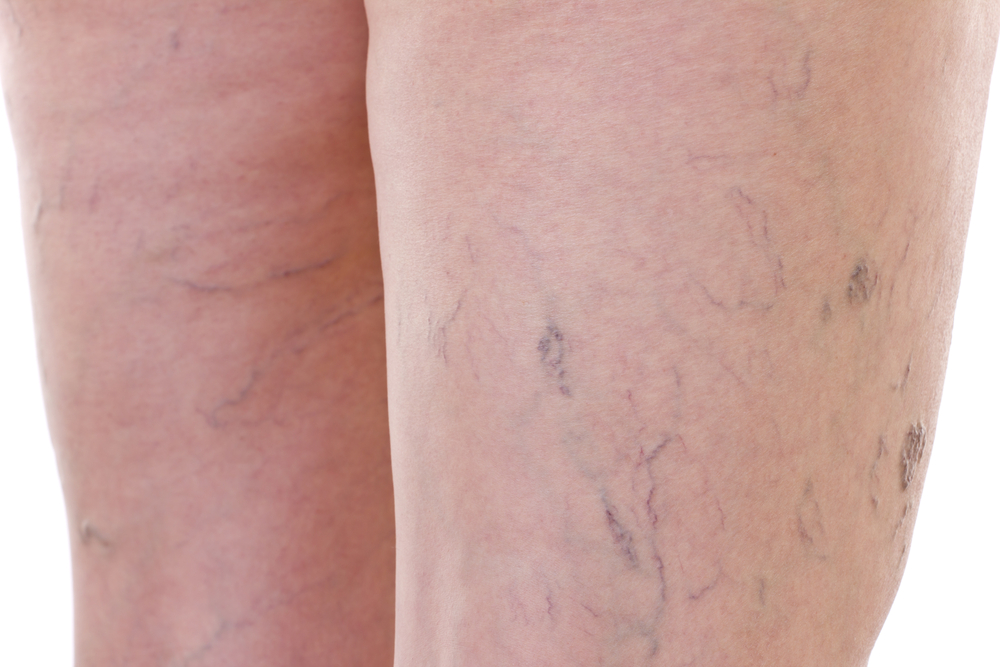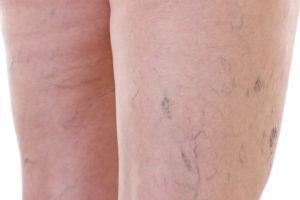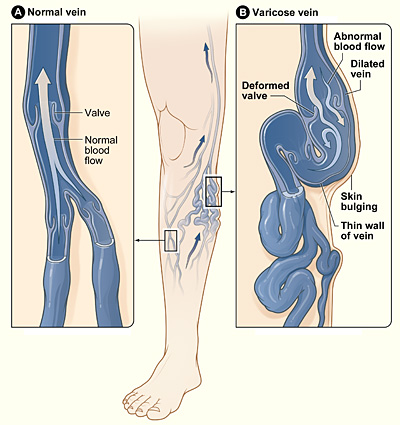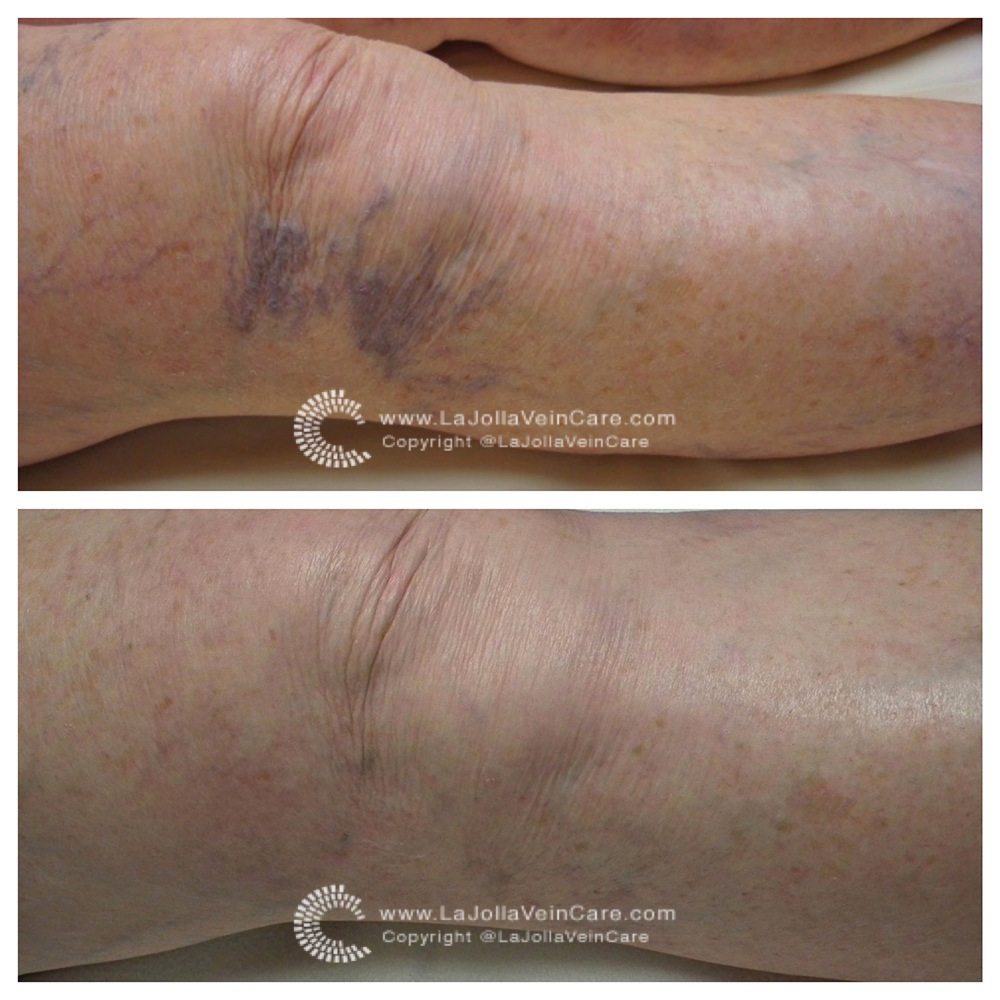27, 6, 2018
29, 3, 2017
6, 5, 2016
Common Misconceptions… Do I have spider veins or varicose veins?
Nisha Bunke2020-12-19T01:54:10-08:0016, 2, 2016
What are the Symptoms of Varicose Veins and Spider Veins?
Nisha Bunke2020-12-19T02:30:36-08:00Varicose veins and spider veins develop gradually and progressively. They are unsightly and are often a source of considerable discomfort. Both varicose veins and spider veins can cause symptoms. Symptoms often become worse during the menstrual cycle and pregnancy for women. The symptoms can include:
- Aching, tenderness
- Heaviness, fatigue
- General restlessness in the legs
- Burning pain
- Throbbing […]
9, 10, 2015
What’s So Great About the Great Saphenous Vein?
La Jolla Vein Care2022-04-24T23:30:58-07:00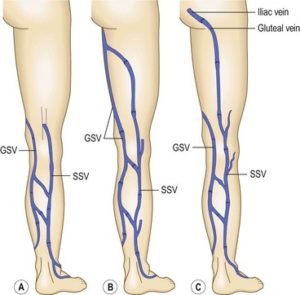
The great saphenous vein (GSV), previously referred to as the long saphenous vein, is a superficial leg vein that runs from the top of the thigh near the groin, down the inner thigh all the way to the inner ankle. The top blue arrow […]
9, 9, 2015
Live Demonstration: How To Wear Compression Stockings
La Jolla Vein Care2015-09-09T14:33:31-07:00Need help putting on your compression stockings or want useful tips? Watch this video. Go to La Jolla Vein Care’s Youtube channel for more videos.

30, 3, 2015
7, 1, 2015
How To Reduce Discomfort From Varicose Veins
Web@ljvascular.com2021-11-04T14:48:25-07:00How To Reduce Discomfort From Varicose Veins:
Varicose and spider veins may be treated with lifestyle changes or medical procedures.
The goals of treatment are to relieve symptoms, prevent complications, and for some to improve appearance. Lifestyle changes can ease the symptoms but do not cause the veins […]
29, 12, 2014
Choosing Between Anti-Embolism & Compression Stockings
Web@ljvascular.com2021-11-13T12:56:13-08:00Choosing Between Anti-Embolism & Compression Stockings
Anti-embolism stockings, also known as TED hoses, are designed specifically for non-mobile patients or those confined to a bed. These are the white stockings used for hospital patients. They are low-cost temporary solutions commonly used for patients in nursing homes and post-surgery to prevent deep vein thrombosis […]

